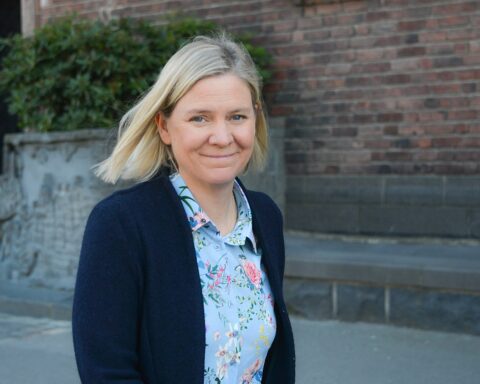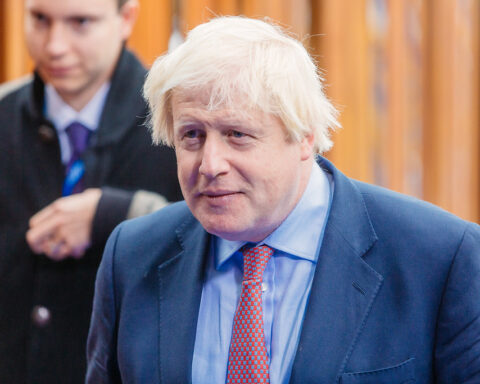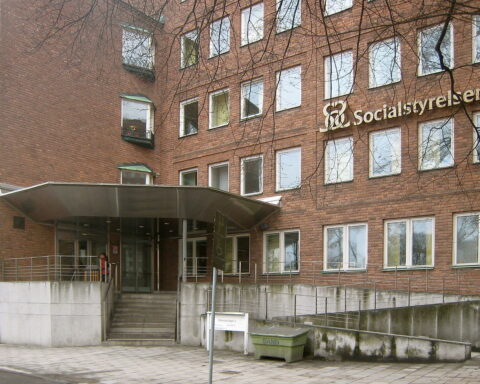Within one week, the first female prime minister of Sweden was voted in, she then resigned seven hours later, and was then voted back in a second time.
Sweden needed a new prime minister after Stefan Lofven retired – he has been in office since 2014. His party, the Social Democrats, selected Magdalena Andersson as his replacement in early November.
She needed the approval of parliament to become the first female prime minister, exactly 100 years since women won the vote in Sweden. Currently, the country is heavily divided within parliament, housing eight separate political parties. So, it was a going to be a tough call.
Due to Sweden’s political system, Andersson didn’t need a majority vote, she just needed to avoid the majority voting against her. A single vote was the deciding factor, and finally, Sweden has its first female prime minister.
While she won the vote, parliament couldn’t commit to supporting her in a crucial budget vote that very same day. The Centre Party passed an alternative proposal from three right-wing parties, including the anti-immigration Sweden Democrats. This caused the Green Party to quit the coalition government, refusing to be a part of a budget passed by nationalists.
This caused Andersson to step down, saying: “I don’t want to lead a government whose legitimacy will be questioned.”
In the interim, power returned to Stefan Lofven.
However, the following Monday, another chance was given to politicians to approve or reject Andersson as head of a one-party government. Since no one changed their positions, and no one from the opposition had enough support, she was voted back in.
This is the first time in fifteen years that the Social Democrat party will govern Sweden alone.
Prime Minister Andersson hopes to boost welfare spending and limit the privatization of healthcare, schools, and elderly homes. She also wants to cut greenhouse gases and take on crime and segregation.
Magdalena Andersson is a career politician who is known as a straight talker and fierce negotiator. During Lofven’s government she had been finance minister. She studied at Harvard University and Stockholm School of Economics.
She has limited time to prove herself with Sweden holding its next election in September 2022. Due to being head of a one-party minority government (100 MPs out of 349), she will find it difficult to push through any future policies.
This historic moment finally catches them up to the rest of the Nordic countries who are all currently headed up by female prime ministers – apart from Norway’s Erna Solberg stepping down as Norway’s PM in October 2021.






